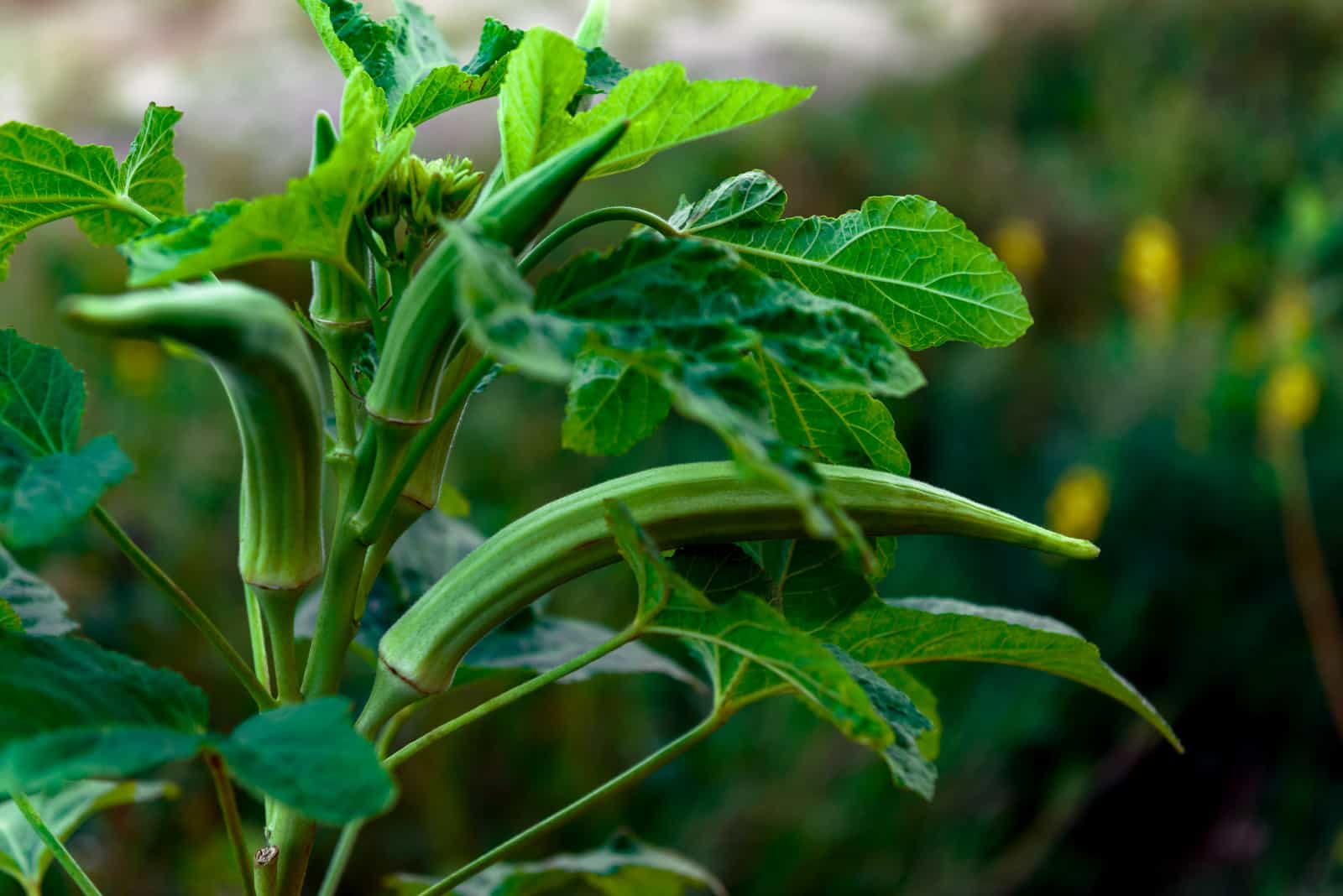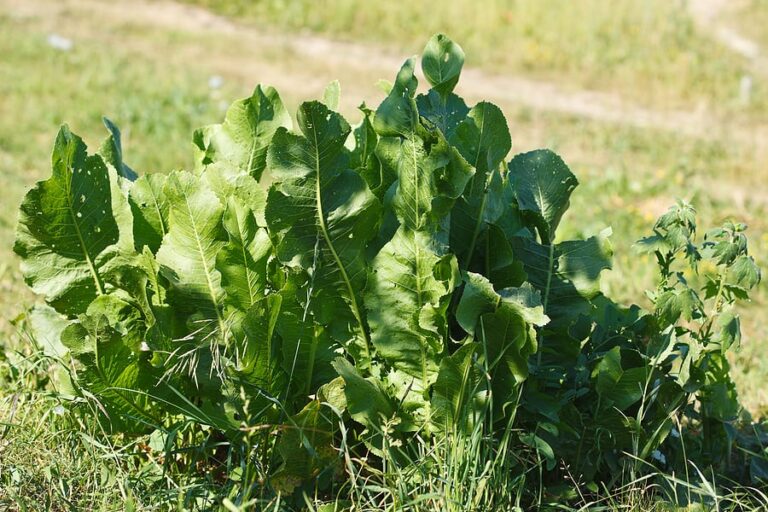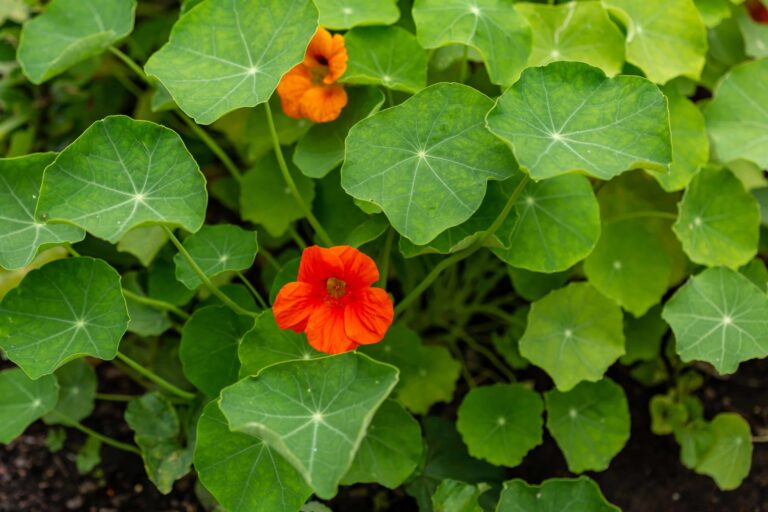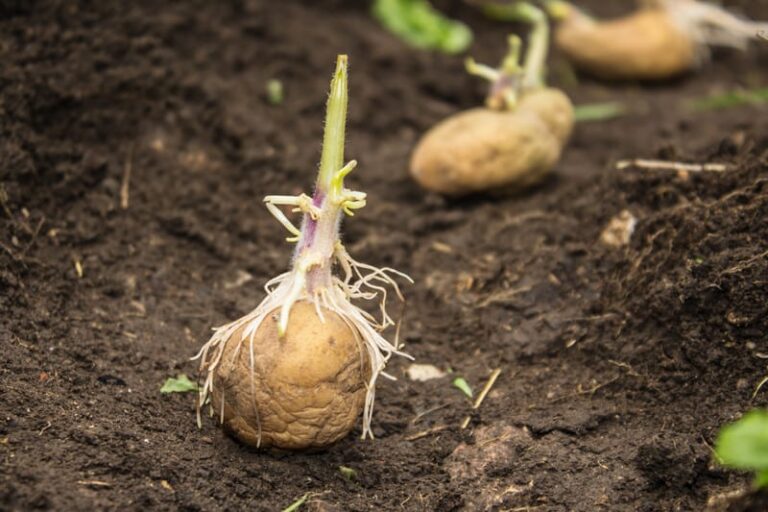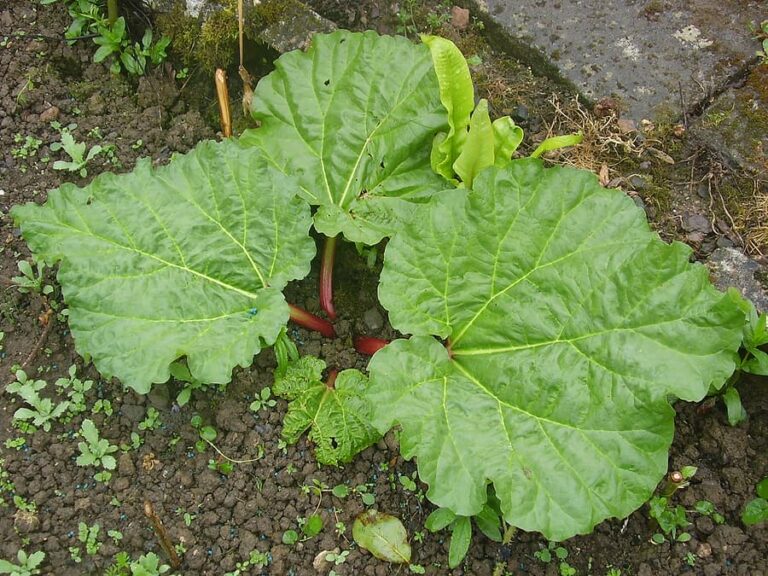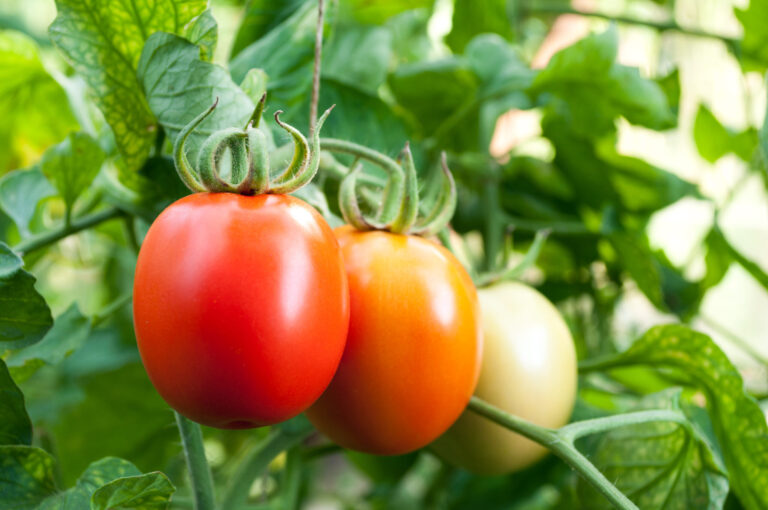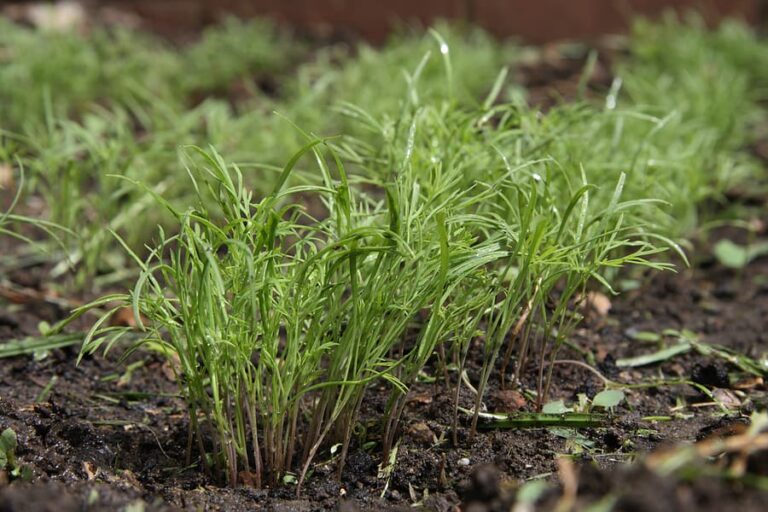How to Plant Okra: Step-by-Step Guide
Planting okra in your garden requires patience and the right conditions, but once it gets going, it can be an incredibly rewarding crop. I’ve found that giving okra the right start is key to a successful harvest. For starters, okra is a heat-loving plant that thrives in warm soil, so it’s essential to wait until the weather is reliably warm and stable. Okra won’t tolerate cool soil or temperatures below 70°F (21°C), and trying to plant too early can lead to poor germination and slow growth.
To ensure optimal seed germination, I pre-warm my garden beds with black plastic mulch, which helps trap heat and warm up the soil quickly. This is especially helpful in areas where the soil can take longer to warm up in the spring. I also soak the seeds in tepid water for several hours before planting, as okra has a tough seed coat that can slow down germination. Soaking the seeds softens the coat and encourages faster sprouting, giving you a jumpstart on the growing season.
When I’m ready to plant, I sow okra seeds about ½ to 1 inch (2.5 cm) deep, spacing them 3 to 6 inches (15 cm) apart. I space the rows about 24 to 36 inches (61-91 cm) apart to allow for plenty of room as the plants grow tall and spread out. After sowing, I keep the beds well-weeded, but I avoid deep cultivation, as okra has shallow roots that can be easily disturbed. As the plants grow and start to shade the ground, weeding becomes less of an issue, and I know the plants are establishing themselves well.
Once the seedlings are up, I thin them to 12 to 18 inches (30-45 cm) apart, ensuring each plant has enough room to grow to its full size. This spacing is important because okra can get quite large, and overcrowding will lead to smaller pods and reduced yields. Over the course of the growing season, I continue to monitor the plants, keeping them weeded and ensuring they get enough water and nutrients, but by the time okra starts to shade the ground, it’s clear that the real growth is just beginning.Okra is a warm-season crop. Okra grows best when average temperatures are between 70° and 85°F (21-29°C).
Plant okra seedlings in the garden 3 to 4 weeks after the last frost in spring. Start okra seeds indoors 6 to 8 weeks before setting out plants. Direct sow okra in the garden after the last frost in spring when the soil has warmed to 60°F (16°C).
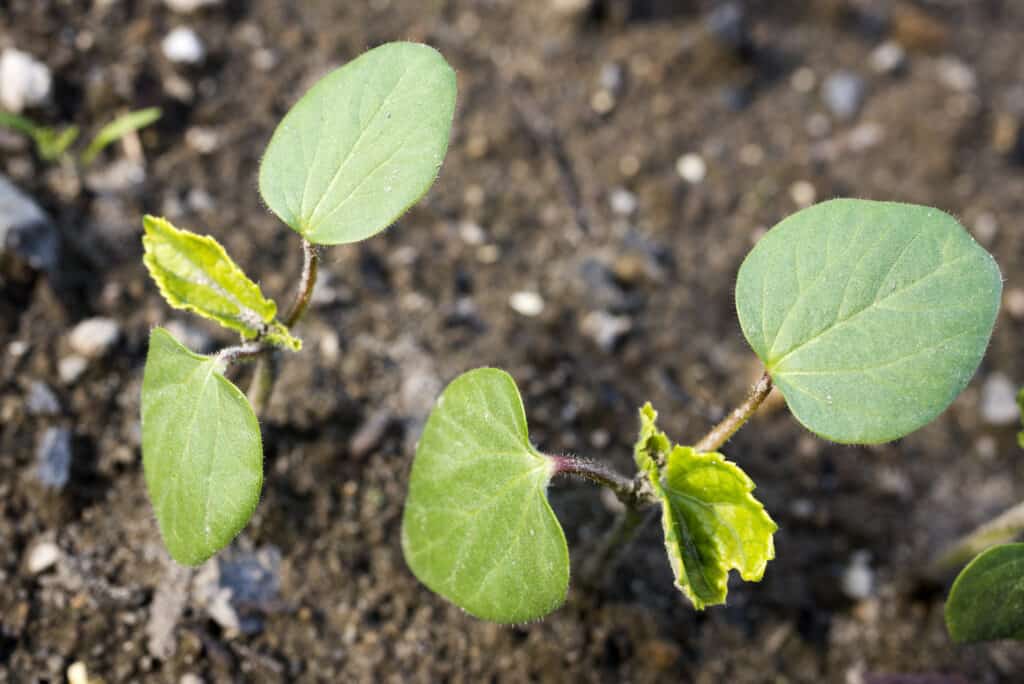
Growing Okra From Seed
Okra is easily grown from seed. Okra is a tender, warm-weather annual that requires midsummer warmth and almost tropical heat for the best growth. Okra is native to northern Africa and is a favorite among southern gardeners in the United States.
Plant okra directly in the garden a few weeks after all danger of frost has passed in spring. For uninterrupted growth, okra wants a soil temperature of about 75°F (24°C). Planting in cooler soil will slow but not totally compromise okra root growth.
- Okra seed can be started indoors about four weeks before the last frost. Wait until warm late spring or early summer temperatures are established before transplanting okra into the garden.
- Plant okra in full sun. Plant okra in humus-rich, well-drained soil. Turn the soil to a depth of 8 inches before planting and add lots of well-aged compost or well-rotted-manure. Okra planted after early peas will benefit from the nitrogen stored in the soil by the pea nodules.
- Space okra 12 to 18 inches (30-45cm) apart. Dwarf varieties can be planted closer together.
- Okra matures 55 to 65 days after planting.
- Okra is a key ingredient of gumbo and jambalaya.
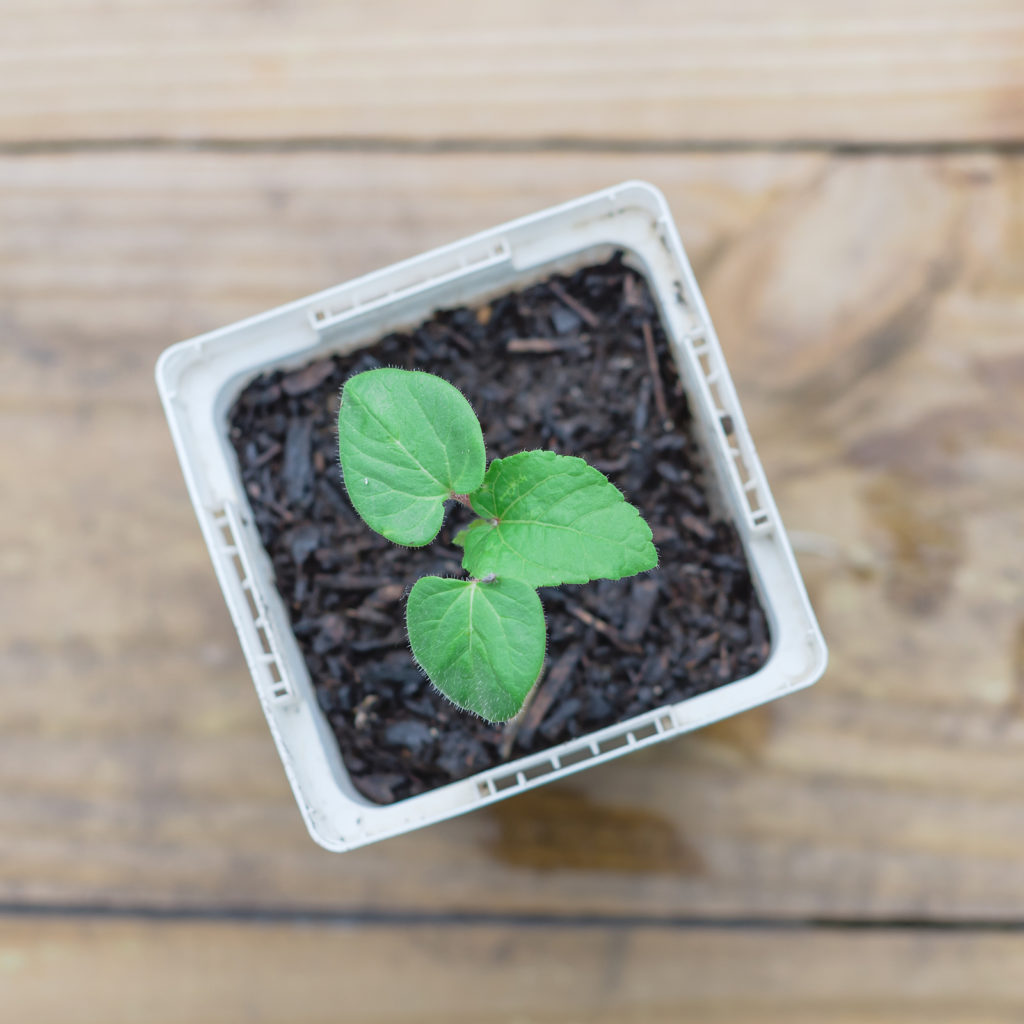
Okra Planting Details
- Sowing depth: 1/2 inch (12mm) or slightly more
- Space between plant after thinning: 12-18 inches (30-45cm)
- Days to sprout: 7-12
- Days to harvest: 55-65
- Storage period: 7-10 refrigerated
- Seeds per 100-row feet: 2 ounces
- Yield per 100-row feet: 175 pounds
- Suggested varieties: Blondie, Clemson Spineless, Dwarf Green Long Pod, Emerald Green
Okra Seed Starting Step-by-Step
Step-by-Step Guide for Growing Okra from Seed
- Sow Seed Depth: Plant okra seeds at a depth of ½ inch (1.3 cm).
- Seed Starting Tips: Scarify the seed coat or soak the seeds in warm water for 12 hours prior to sowing to improve germination.
- Seed-Starting Soil Temperature: Ensure the soil temperature is between 70° to 95°F (21-35°C) for optimal seed germination.
- Indoor Seed Starting: Start seeds indoors in peat pots or biodegradable containers 4 to 5 weeks before the last expected frost. Bottom heat can help speed up germination.
- Light Requirements: Provide bright light or full sun for the seeds to germinate and grow strong.
- Transplant Time: Transplant seedlings outdoors after the danger of frost has passed. Be sure to handle the seedlings gently and avoid disturbing the roots during transplanting.
- Direct Sowing Time: If you prefer direct sowing, wait 2 to 3 weeks after the last frost date to plant okra directly in the garden. Okra needs a long season of warm weather for optimal pod development.
- Garden Spacing: Space smaller varieties of okra 18 inches (46 cm) apart, and tall varieties 36 inches (91 cm) apart to give each plant room to grow.
- Seed Germination: Okra seeds typically germinate within 3 to 12 days, with an average germination rate of about 65 percent.
- Flowers: Okra produces 5-petaled flowers that are usually yellow with purple centers. These flowers are borne in terminal racemes or singly from the leaf axils and resemble hibiscus flowers.
- Pollination: Okra is self-pollinating and insect-pollinated, but to ensure pure seed, it’s best to manage pollination.
- Cross-Pollination: Okra varieties can cross-pollinate with each other. To prevent this, you can cage plants or bag flowers.
- Isolation Distance: To prevent cross-pollination, maintain an isolation distance of at least ½ mile (0.8 km) between different okra varieties.
- Days to Maturity: Okra typically reaches maturity in 50 to 60 days, depending on the variety.
- Seed Vitality: Okra seeds remain viable for 2-3 years, with a typical germination rate of about 65 percent.
Okra sowing and planting tips
- Grow okra from seeds or seedlings.
- Okra seeds are viable for 2 years.
- Okra is commonly started indoors in a greenhouse or warm, well-lit sunroom or kitchen.
- Sow okra in individual pots of light potting mix 6 to 4 weeks before you intend to set plants out.
- Do not set okra outdoors until the nighttime temperature is consistently greater than 60°F (15°C)—even then you may want to protect plants from temperatures below 65°F (18°C).
- Sow 3 to 4 seeds in a pot or across flats; then clip away the weaker seedlings once the strongest seedling is about 2 inches (5 cm) tall.
- Sow seed ½ inch (13 mm) deep.
- The optimum soil temperature for germinating seed is 85°F (29°C).
- Keep the seed starting mix just moist until the seeds germinate.
- Okra seed can be sown directly in the garden if the soil temperature is warm enough—and there are enough days in the season for plants to reach maturity. The optimal growing soil temperature is 85°F (29°C).
- Okra seed germination takes 7 to 12 days at 85°F (29°C) or warmer.
- Seedlings started indoors should be kept under a grow light or in a sunny window after germination. Keep the indoor nighttime temperature above 65°F (18°C).
- Water to keep the seed starting mix from drying.
- Fertilize with fish emulsion or a soluble complete fertilizer at half strength.
- Transfer seedlings to a larger container once they are 2 to 4 inches (5-10 cm) tall; be sure that seedlings have sufficient room for root growth. This process is called “potting up”; continue to pot up seedlings as they outgrow containers—until they are transplanted into the garden or a very large container.
- Transplant okra to the garden after seedlings are at least 4 to 6 inches (10-15 cm) tall.
- Set plants 24 inches (60 cm) apart in rows at least 24 inches apart.
- Add aged compost, aged manure, and organic matter to planting beds in advance of transplanting.
- Okra prefers a soil pH range of 6.0 to 6.8.
- Grow okra in full sun for the best yield.
- Fertilize with an organic fertilizer such as fish emulsion at half strength.
- Give okra an inch of water (6.5 gallons) each week; okra does not like consistently wet soil.
- Protect plants from cold weather under lightweight spun poly row covers supported by wire hoops. Cold nights will cause blossoms to drop producing bushy plants without pods.
- Common okra pest enemies include aphids which excrete a sticky substance called honeydew which attracts ants, corn earworms, and flea beetles.
- Common okra diseases include powdery mildew and fusarium wilt. Crop rotation is important to stem diseases that affect okra.
Interplanting: Plant okra with basil, cucumbers, eggplants, melons, and peppers.
Container Growing: Choose a 15-gallon container for growing okra.
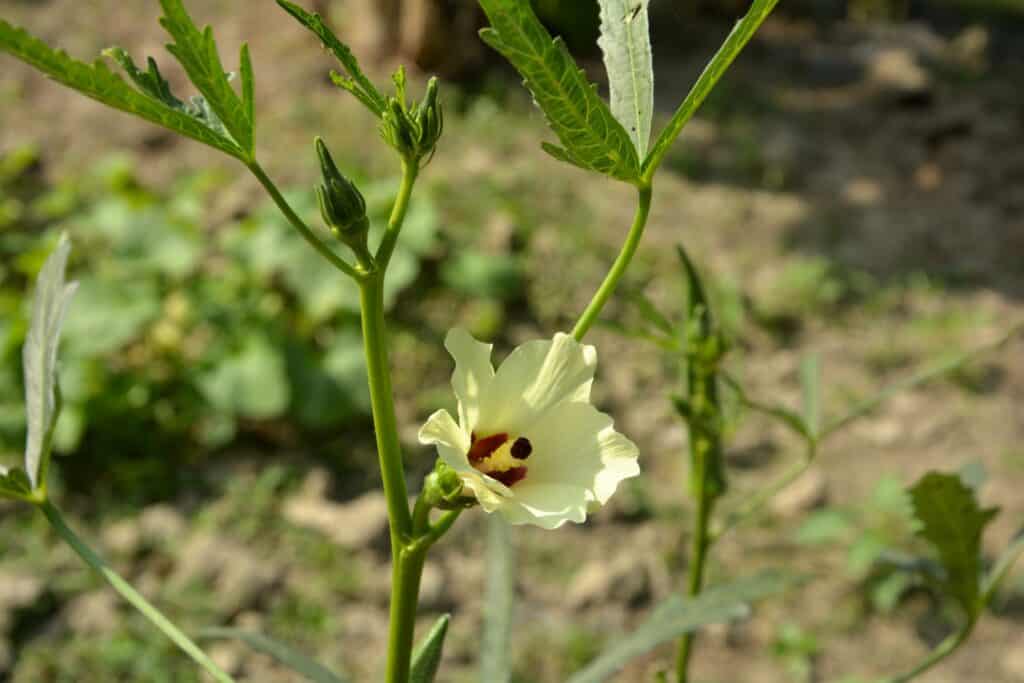
Okra Planting Calendar
- 4-6 weeks before the last frost in spring: start seed indoors.
- Transplant seedlings to the garden when nighttime temperature is consistently greater than 65°F.
- Sow seed directly in the garden when the minimum soil temperature is 75°F.
Suggested Okra Planting Dates
(These dates are for the Northern Hemisphere)
| Average date of the last frost | Planting dates |
| Jan. 30 | Feb. 15-Apr. 1 |
| Feb. 8 | Feb. 15-Apr. 15 |
| Feb. 18 | Mar. 1-June 1 |
| Feb. 28 | Mar. 10-June 1 |
| Mar. 10 | Mar. 20-June 1 |
| Mar. 20 | Apr. 1-Jun3 1 |
| Mar. 30 | Apr. 10-June 15 |
| Apr. 10 | Apr. 20-June 15 |
| Apr. 20 | May 1-June 1 |
| Apr. 30 | May 10-June 1 |
| May 10 | May 20-June 10 |
| May 20 | June 1-20 |
| May 30 | |
| June 10 |
Okra Botanical Name: Abelmoschus esculentus
Okra is a member of the Malvaceae or mallow family; other members of this family are cacao and cotton.
Related Okra Articles:
🥬 Start Here
🌱 Planning & Planting
- When and Where to Plant Okra In Your Garden
- How to Successfully Grow Okra in Short Summer Regions
- How Day Length Affect Okra Growth-What You Can Do About It
- How to Grow Okra in Containers: Tips from My Garden
- How to Plant Okra: Step-by-Step Guide
🌿 Care & Maintenance
🧬 Varieties & Selection
🛠️ Troubleshooting & Problem Solving
🥬 Harvest & Kitchen Use
Garden Planning Books at Amazon:

